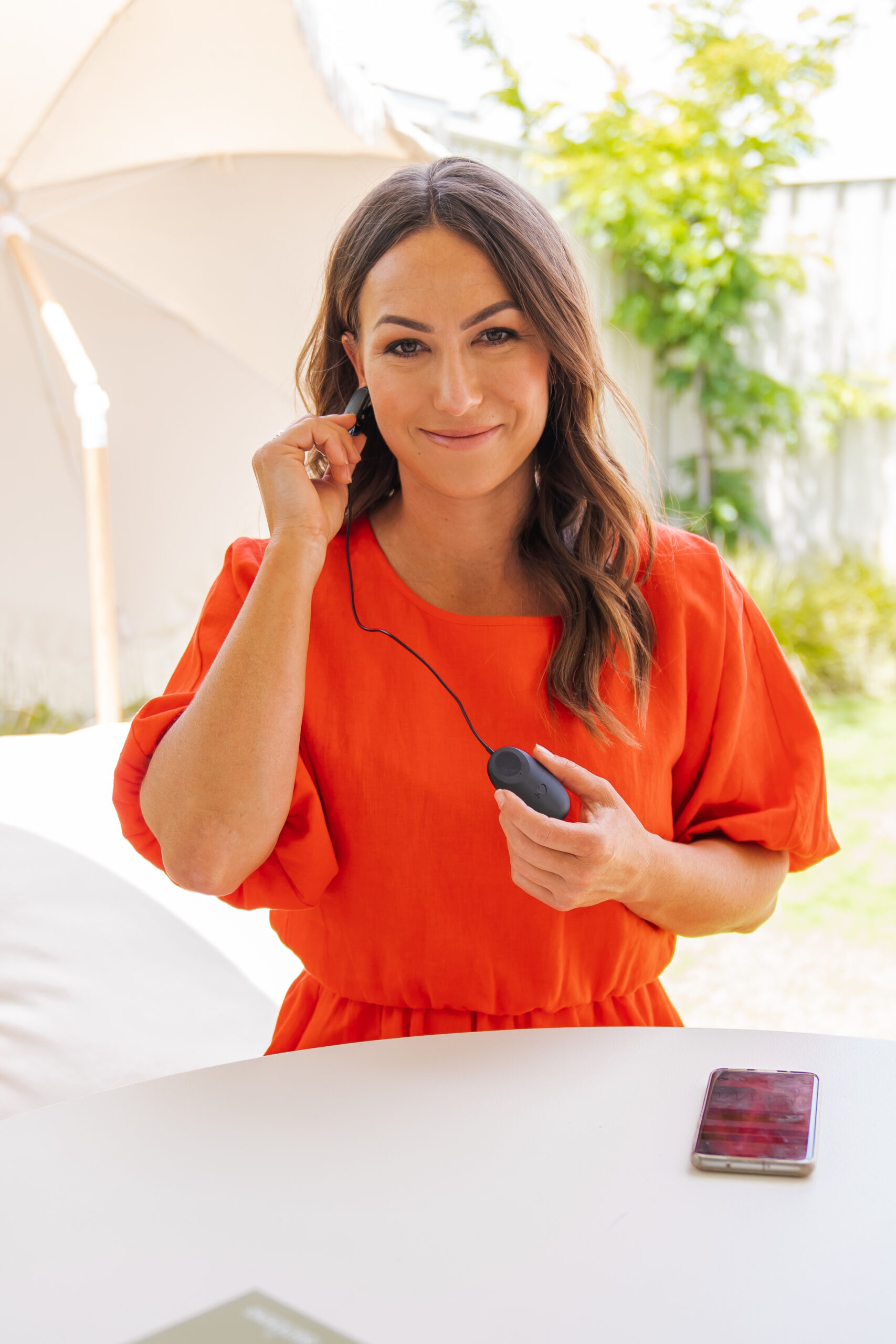Sometimes the brightest smiles hide the deepest struggles, and true happiness begins when we finally stop running from ourselves.
There’s a photo of me from 2014 that I can barely look at without feeling a wave of compassion for the woman I used to be. In it, I’m beaming—radiant even—celebrating another birthday with that signature energy everyone knew me for. I was the go-getter, the one who could handle anything, the perpetual optimist who made everything look effortless.
But photos lie, don’t they? Or rather, they capture the lie that we sell to the world.
The Hidden Reality Behind High Achievement
Behind that brilliant smile was a woman running on empty, desperately trying to prove her worth through endless achievement. I had no idea that this photo would capture the last moments before my first major life awakening—or that it would take me nearly a decade to truly understand what happiness actually means.
Recognizing the Signs of High-Functioning Burnout
For twelve years prior, I had been pouring my soul into running other people’s hospitality venues, chasing a dream of one day opening my own. I told myself the burnout was temporary, that it was just “getting me ahead.” But deep down, something was fracturing inside me.
The exhaustion wasn’t just physical—it was existential. I felt like I was sleepwalking through my own life, going through the motions of being the capable, positive person everyone expected me to be while feeling increasingly disconnected from any sense of authentic joy.
Why Changing Your External Circumstances Isn’t Enough
When I finally hit my breaking point in 2014, I thought I had it figured out. It’s the industry, I told myself. It’s my boss, the venue, the circumstances. So I made what felt like a radical change—I left the industry. I became a certified personal trainer, started working at a Natural Fertility Clinic, and enrolled in a Bachelor of Health Science to become a naturopath.
Surely, leaving hospitality and entering the world of health and healing would fix everything. Right?
The Pattern That Follows You Everywhere
Four years later, I found myself staring into an abyss I thought I’d escaped forever.
Despite having education in health, psychology, and disease—despite helping clients achieve incredible transformations in my care—my own health was spiraling out of control. The irony was crushing. Here I was, supposedly an expert in wellness, and I couldn’t save myself from the very patterns that were destroying me.
Understanding Why Happy People Struggle Too
I wasn’t sad in the traditional sense. I wouldn’t have called it depression. It was something else entirely—a numbness that felt like being wrapped in cotton wool, going through the motions of life without really living. I felt incredibly alone, even when surrounded by people who loved me.
The worst part? I couldn’t understand why I kept creating the same chaos in my life. Different industry, different goals, same exhaustion. Same overwhelming busyness. Same feeling of running toward something I could never quite catch.
The Addiction to Busyness: A Modern Epidemic
I realize now that I was addicted to being busy. It felt safer than stillness. I wore my ability to juggle full-time study, clinical practice, two jobs, and a growing business like armor—proof that I was worthy, valuable, enough.
The thought of slowing down terrified me. Rest felt lazy. Feelings felt inconvenient. I had constructed an entire identity around being the woman who could handle anything, and I was slowly suffocating under the weight of that expectation.
The Breakthrough Moment: Taking Responsibility for Your Happiness
The second pivotal moment came seven years ago, and it nearly broke me open completely.
I was sitting in my backyard at breaking point. I was freshly home from an Ayahuasca retreat in South America, which highlighted just how numb I had become to life, when a thought hit me like lightning: I am responsible for this. All of it. Not in a self-blaming way, but in a way that suddenly handed me back my power.
If I was creating this reality, then I could also change it.
How Childhood Programming Shapes Adult Happiness
As I began to dig deeper into my patterns, I discovered the invisible beliefs that had been running my life since childhood:
- “I have to overachieve to be worthy of love” – because somewhere along the way, I learned that love was earned through performance
- “I have to be completely self-sufficient” – because I internalized the message that no one was coming to save me
- “I must soldier on no matter what” – because showing vulnerability wasn’t modeled as acceptable in my early years
These weren’t conscious thoughts—they were the underground rivers feeding everything I did.
The Life-Changing Truth About Finding Happiness
Here’s what changed everything for me: Nothing has meaning except for the meaning you give it.
This isn’t just philosophical fluff—it’s the most practical tool for transformation I’ve ever encountered. Every story I had about my worthiness, my capabilities, my place in the world—they were just that. Stories. And stories can be rewritten.
I began to understand that life wasn’t happening to me—it was happening through me. Instead of asking “Why me?” I started asking “What is this teaching me?” The shift was immediate and profound.

A 5-Step Framework for Authentic Happiness
Through my own healing journey and years of working with clients, I developed a framework that has become the foundation for everything I teach:
1. Self-Awareness: The Foundation of Change
Learning to observe my thoughts, patterns, and triggers without judgment. Understanding that I am not my thoughts—I am the one observing them.
2. Self-Acceptance: Embracing Your Whole Self
Embracing all parts of myself, including the messy, imperfect bits I’d been trying to hide. Finding compassion for the woman who thought she had to earn love through achievement.
3. Self-Trust: Listening to Your Inner Wisdom
Developing the ability to listen to my inner wisdom above external expectations. Learning to trust my intuition as valid guidance, even when it contradicted what others thought I should do.
4. Self-Empowerment: Reclaiming Your Power
Taking full responsibility for my choices while releasing the need to control outcomes. Recognizing my power to change what wasn’t working in my life.
5. Self-Actualization: Living Your Authentic Life
Living in alignment with my authentic values, not the ones I thought I should have. Finding meaning beyond external achievements.
Why So Many Women Struggle with Hidden Burnout
What I’ve discovered in my years of practice is heartbreaking and hopeful in equal measure: I wasn’t alone. Not even close.
There are countless women walking around with brilliant smiles, handling everything beautifully on the surface, while slowly drowning underneath. We’re the ones others come to for advice, the ones who seem to have it all together, the ones who would never think to ask for help because we’re supposed to be the help.
We’ve been conditioned to believe that our worth lies in our ability to handle everything gracefully, to be endlessly giving, to never let our own needs take precedence. We’ve learned to find our identity in being indispensable, and in doing so, we’ve made ourselves dispensable to our own lives.

How to Transform Your Struggles Into Strength
Here’s what I know now that I wish I could tell that woman in the 2014 photo: your breakdowns are actually breakthroughs in disguise.
Every moment of overwhelming exhaustion was teaching me about boundaries. Every feeling of numbness was pointing me toward what I actually valued. Every instance of burning out was showing me where I was betraying myself to meet others’ expectations.
What Real Happiness Actually Looks Like
Happiness, I’ve learned, isn’t the constant high I used to chase. It’s not the dopamine hit of achievement or the validation of others’ approval. Real happiness is quieter, steadier, more grounded.
It’s the ability to sit with myself without needing to fill the silence with productivity. It’s trusting my own rhythms instead of forcing myself into external expectations. It’s saying no without guilt and yes without resentment.
It’s understanding that I am enough—not because of what I accomplish, but simply because I exist.
A Message for Women Who Are Tired of Pretending
If you’re reading this and feeling seen—if you’re the “happy” one who doesn’t feel happy inside, the capable one who’s secretly drowning, the one who gives endlessly but struggles to receive—please know this: you’re not flawed.
You are not too much or not enough. You are not weak for struggling or strong for suffering in silence. You are a woman who has normalized and accepted carrying the weight of the world.
But you don’t have to keep running. You don’t have to keep proving your worth. You don’t have to keep smiling through the exhaustion.
How to Begin Your Journey to Authentic Happiness
The journey to authentic happiness isn’t about adding more to your already full plate. It’s about creating spaciousness—room to feel, to heal, to discover who you are beneath all the roles you play.
It starts with the radical act of sitting still and asking yourself:
- What do I actually want?
- What do I actually feel?
- What do I actually need?
And then—perhaps most importantly—What would I do if I truly believed I was worthy of all of that exactly as I am?
Your Happiness Changes Everything
Your happiness isn’t selfish. It’s necessary. Not just for you, but for everyone whose life you touch. When women like us learn to fill our own cups first, we change the world.
The woman in that 2014 photo was beautiful, capable, and worthy of love. She was also exhausted, lost, and running from herself. Today, I look at her with infinite tenderness and gratitude. She was doing the best she could with what she knew.
Now I know better. And so can you.
Real happiness isn’t found in what we accomplish—it’s discovered in who we remember ourselves to be and accepting all parts of ourselves. The journey begins the moment we stop running and start sitting in our own company and giving that inner child what she needs.





Read the Comments +